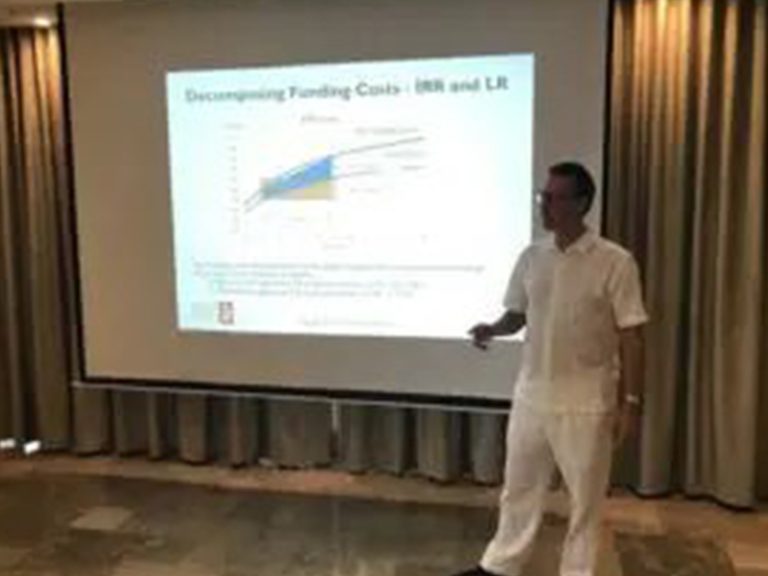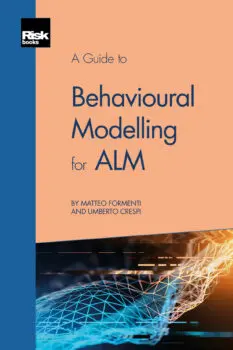Archive for June 2019
ALM Workshop – Miami – Jun 2019
Preparing for a Change in the Direction of Interest Rate Movements I want to thank the delegates from banks in India, Puerto Rico and the US who attended my workshop…
Read MoreA Guide to Behavioural Modelling for ALM
I am excited to announce the publication of A Guide to Behavioral Modelling for ALM by Matteo Formenti and Umberto Crespi in which I contributed a chapter entitled Acknowledging the…
Read More

